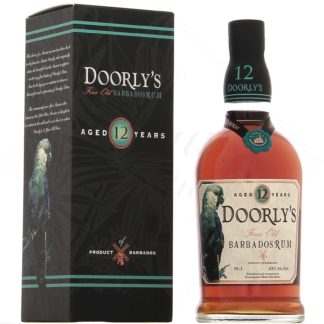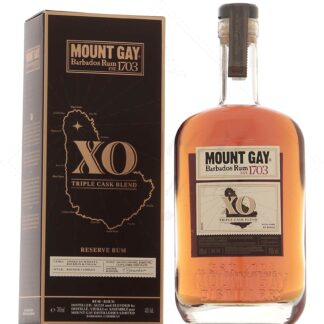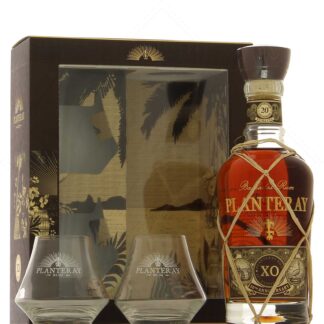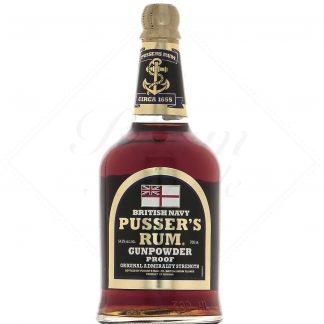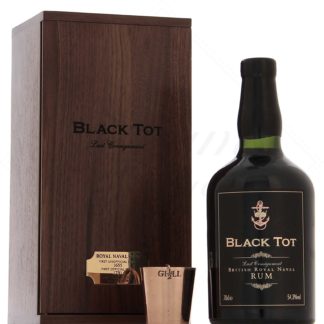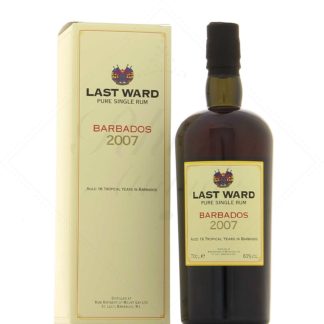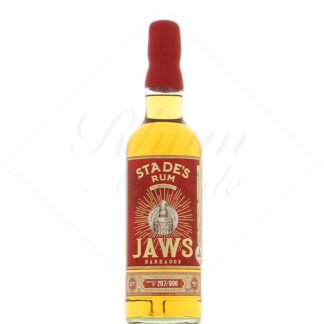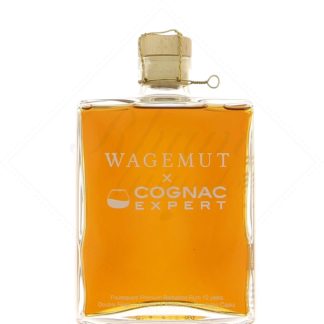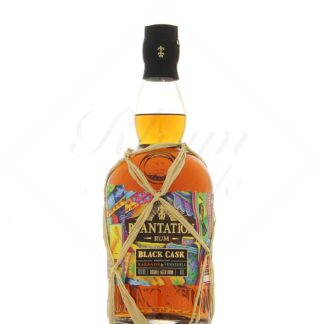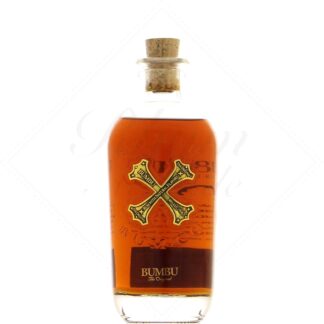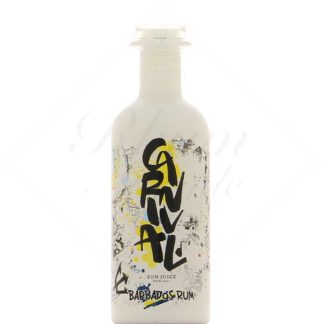Barbados
The history of Barbados rum
The small island of Barbados was colonized late by the English, in 1625. Unusually in the New World, it did not pass into other hands until its independence in 1966.
Sugar cane was introduced in 1637. Barbados was easy to cultivate because it was relatively flat, making it an ideal sugar island. As early as 1640, the dreaded Kill Devil, a rudimentary agricultural rum, began to be made here. Sugar production soon followed, so it was only natural to turn to molasses and the skimmings from cooking the juice.
The cradle of rum
One of the earliest documents to use the word " Rum ", dating from the mid-17th century, comes from Barbados. This written testimony explains why this island is considered the cradle of Caribbean rum. It was here that modern rum as we know it today was developed.
At the end of the 17th century, the island was one of the largest rum producers in the Caribbean. It was dotted with small and medium-sized distilleries, then equipped only with pot-stills.
The quality of its rums only improved at the turn of the 18th century. By the mid-18th century, it had become the second largest rum producer after Jamaica. The bulk of production was then consumed locally.
The modern era
At the end of the 19th century, many distilleries closed. There were several reasons for this: firstly, the abolition of slavery, competition from other islands, and then a significant increase in taxes in response to protests from brandy producers on the old continent. From an economic point of view, planters also realized that it was sometimes more profitable to sell their molasses to the many distilleries in the USA, rather than distilling it themselves.
As was the case everywhere else, production facilities began to concentrate. At this time, it was the WIRD(West Indies Rum Distillery, still known as the West Indies Rum Refinery ) that came out on top, with the introduction of the column, which enabled it to remain competitive. By the end of the 19th century, it was responsible for more than half of local production.
The century of the merchants
Despite this, management problems led to the company being bought out by other local players. It was above all the company's customers (brands, assemblers, traders) who took over. These include well-known names such as RL Seale and Doorly. It should be pointed out that, at the beginning of the 20th century, the négociant lobbies were powerful and had obtained a law requiring distilleries to sell in bulk. This prevented them from bottling their own spirits and selling directly to consumers. By buying out WIRD, the merchants were able to secure their supplies and no doubt make a few savings in the process.
There was a sharp drop in local consumption around 1930, but this was also the start of a major wave of exports (due in particular to Prohibition in the USA). This export trend continued to grow, and even took off in the 1980s. The success of Mount Gay in the 1970s must be partly to blame.
Today, a rarity in the Caribbean, people drink as much white rum as aged rum. 1,500 Rum Shops (the equivalent of Jamaica's famous rum bars) dot the island and continue to delight tourists and locals alike.
Barbados distilleries
WIRD
The distillery was founded in 1893 by two German engineers. It quickly became a landmark, and has always been the island's largest distillery, supplying all the blending brands in Barbados. In the 1990s, contracts were signed with Malibu and Captain Morgan. Such was its success that the distillery struggled to keep up, until it invested in a new column.
Most of the molasses used comes from Guyana. Fermentation lasts 24 hours. The distillery uses 4 distillation units: 2 multi-column complexes (one with 4 columns and the other with 6, the latter capable of producing heavy rums using only part of its capacity) and 2 pot-stills. An old chamber still, the Vulcain, was restored in 2018 and reproduces the distillery's old style.
The distillery still supplies numerous blending brands, as well as independent bottlers such as SBS and Duncan Taylor. It also has its own brand called Cockspur.
Cognac-based Maison Ferrand, owner of the Plantation brand, among others, acquired WIRD in 2017.
Mount Gay
This is the oldest distillery in Barbados, with the first written record dating back to 1703. Originally named Mount Gilboa, it was renamed in 1852 in honor of Sir John Gay Alleyne, who greatly expanded the distillery. At the beginning of the 20th century, it was owned by the Ward family. The Ward family cleverly circumvented the law prohibiting distilleries from selling direct to the consumer, by creating their own blending brand. This made Mount Gay the first distillery in Barbados to bottle under its own label.
This brand was acquired by the Rémy Cointreau group in 1989. After difficulties led to a brief closure of the distillery in 2013, it was finally bought back by the same group in 2014.
It's a relatively small producer, but one that ages almost all its rum, and therefore has very substantial stocks of aged rum.
Molasses fermentation lasts 22 to 48 hours in wooden vats. Distillation is carried out using 3 pot-stills and a Coffey column (only introduced in 1976). The distillates are then blended after ageing.
Mount Gay is renowned for the balance of its blends, such as Mount Gay XO or cuvée 1703.
Foursquare
This young distillery was set up in 1996. The Seale family had long been present as blenders and brand owners, before deciding to become autonomous in rum production. At the same time, WIRD was finding it difficult to supply customers other than Malibu and Captain Morgan. So RL Seale took over the former Foursquare sugar refinery and turned it into a distillery.
The molasses benefits from 44 hours of fermentation. It is distilled in a double copper column, and in a typical Caribbean pot-still (with a double retort that allows for a single pass, a time-saver compared to repasse distillation). The distillates are blended as soon as they enter the cask. 90% of production is aged, mainly in ex-bourbon casks. In recent years, however, numerous experiments have been carried out with Port, Sherry or Madeira casks(Triptych, Destino, Port Cask, Principia...).
RL Seale has acquired a number of brands from blenders and merchants, so that many of its brands are distillery-derived. These include RL Seale's, Doorly's and its own Foursquare brand. It also works with other brands such as Sixty Six and Real McCoy. The ESA fields and Old Brigand brands are only available on the island.
St Nicholas Abbey
St Nicholas Abbey was founded in 2006. The distillery was born out of a desire to preserve the heritage of a venerable historic plantation. It has its own cane fields, its own home and, of course, its own production site.
The distillery operates all year round, using cane syrup (cooked cane juice). Fermentation takes place over 5 days, with the temperature regulated by the regular addition of fresh water. The Annabelle still was custom-designed with a modern, scientific approach. Distillation of the 600L vat is a 20-hour process! A fairly light rum has been produced here since 2010. Prior to that, the brand's aged rums were produced by the Foursquare distillery (which is still the case for their oldest rums). Read less

